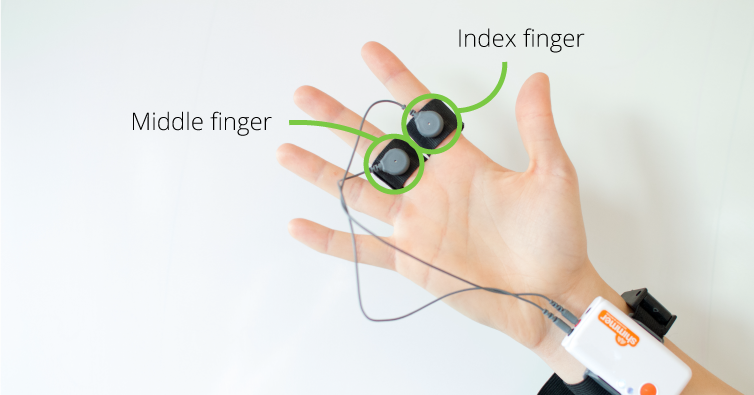

In this way, skin conductance can be a measure of emotional and sympathetic responses. If the sympathetic branch of the autonomic nervous system is highly aroused, then sweat gland activity also increases, which in turn increases skin conductance.

Sweating is controlled by the sympathetic nervous system, and skin conductance is an indication of psychological or physiological arousal. The traditional theory of EDA holds that skin resistance varies with the state of sweat glands in the skin.

The long history of research into the active and passive electrical properties of the skin by a variety of disciplines has resulted in an excess of names, now standardized to electrodermal activity (EDA). Historically, EDA has also been known as skin conductance, galvanic skin response (GSR), electrodermal response (EDR), psychogalvanic reflex (PGR), skin conductance response (SCR), sympathetic skin response (SSR) and skin conductance level (SCL). A sample GSR signal of 60 seconds durationĮlectrodermal activity ( EDA) is the property of the human body that causes continuous variation in the electrical characteristics of the skin.


 0 kommentar(er)
0 kommentar(er)
